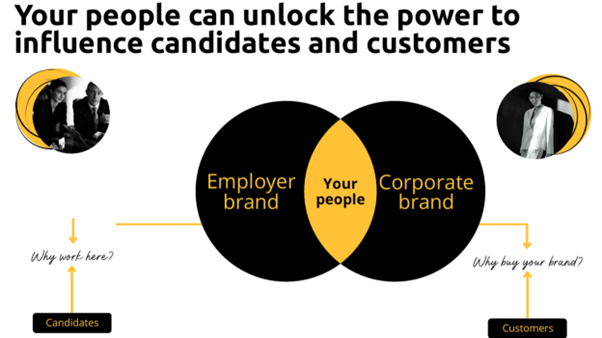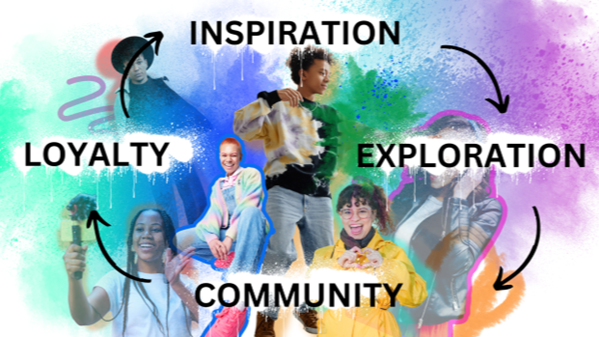Ditch the Algorithm, Empower Your People: How to Build an Employee Advocacy Program That Actually Works

Let's face it: paid advertising isn't what it used to be. Brands are finding it harder and to reach their target market, and the corporate message is getting drowned out. The solution to beating the algorithm? Employee Advocacy
Employee advocacy is no longer just about sharing company content; it has evolved into valuing employees for their ability to use their own expertise and insights to create, share, and interact with content. At its heart, employee advocacy should position your people as educators, influencers, and thought-leaders.
It's a way to give them a voice, a platform, and an opportunity to feel valued, be seen, and be heard.
The Business Case: From Telling to Showing
Employee advocacy is when a company harnesses the enthusiasm and individual views of its own employees to spread their perceptions of the brand across their social networks. It’s about community-building and creating conversation, not self-promotion.
Here’s the data-driven punch to win over your stakeholders:
- Reach & Trust: Engagement on employee advocacy content is 8x more than on company channel content.
- Credibility: Candidates trust employee content 3x more than company content for credible information on what it’s like to work there.
- Recruitment Funnel: 80% of employers say social recruiting helps them find passive candidates. Plus, 65% of respondents would consider a new job opportunity if they heard about it through a personal connection in their network.
- Avoid the Void: If you’re not in the conversation, you simply don’t exist, putting you at a disadvantage when it comes to deepening and widening talent pools.
Where to Start: Define Your Path
Getting the green light for an Employee Advocacy program means moving from theory to action. Start by asking these four questions to shape your approach:
- Define Your Problem Statement: Be realistic and specific. What’s the pain point? (e.g., hard to attract a niche talent segment, low brand awareness, no budget for career site uplift).
- Set Your Objectives: What do you want to achieve? (e.g., increase brand awareness, change perceptions, educate, promote).
- Identify Target Candidates: Who are you trying to reach? This defines who your employee advocates should be.
- Develop Your Strategy: How will the program work? (e.g., focus on key talent segments, go enterprise-wide, or target specific locations).
The 4 Guiding Principles
We have to set our people up for success by treating employee advocacy as a new, learned skill.
- Big Fish in a Small Pond: Start Small Run a Pilot: Begin with a small group (20-30 people) for a minimum of six months. Ensure to schedule monthly check-ins and keep reporting simple. Review feedback on both the program and the employee's experience.
- Fish Where the Fish Are: Identify Employees Find Your Big Fish: Look for a mix of people already active on social media and ideally advocates should volunteer on their own accord, have a strong affinity with company values, and be naturally passionate about what they do.
- Teach Them How to Fish: Invest in Training Level Set: Provide a clear kick-off that outlines objectives, expectations, and the "What's In It For Me" (WIFM) for the employee. Then provide social media basic training to cover LinkedIn profile optimisation, social media guidelines, content creation (curate vs. create), and managing comments.
- Give Them Hooks: Create Assets and Content Remove 'Analysis-Paralysis': Set employees up for success by removing the guesswork of what to post. Create a series of branded assets (like graphics or templates) that act as "idea-starters" to spark conversations around everyday moments.
Employee advocacy is a structured, supported way to give your people a voice, leveraging the credibility of their network to increase your reach, build trust and create Belief Beyond Reason.
Remember, it’s not about you; it is about them. Are you ready to empower your people?



